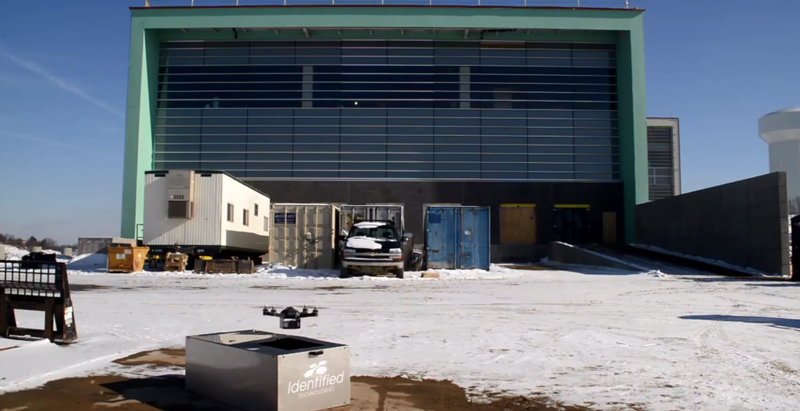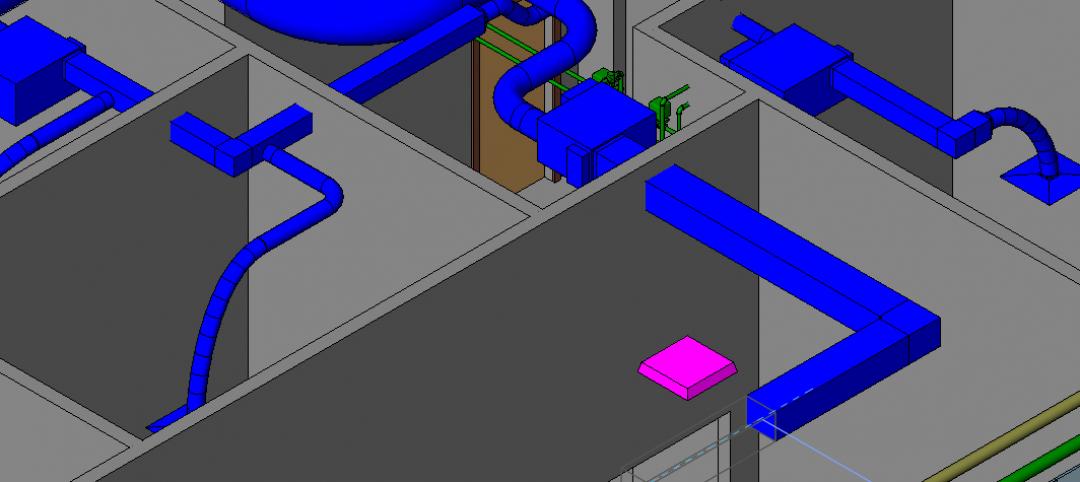A company called Identified Technologies wants to make mapping a job site an easier task by using drones.
The company’s founder, Dick Zhang, says his product allows project managers, contractors, architects, and anyone else on the Building Team to send a quadcopter around the site and create a topographical map, DIY Drones reports.
The drone is completely autonomous, and batteries can be “hot-swapped” as it maps the area.
A number of contracts have already been made by several projects in Pennsylvania with Identified Technologies. “We have a heavy focus in the Marcellus Shale region, which delivers over 40% of this country’s natural gas. We’ve experienced consistent growth every month. We are forecasting 10-times growth in our deployments and revenue over the course of the year,” Zhang told DIY Drones.
Related Stories
| May 2, 2011
URS acquires Apptis Holdings, a federal IT service provider
SAN FRANCISCO, CA and CHANTILLY, VA– April 28, 2011 – URS Corporation and Apptis Holdings, Inc., a leading provider of information technology and communications services to the federal government, announced that they have signed a definitive agreement under which URS will acquire Apptis.
| Apr 12, 2011
BIM Grows Up: Separating Hype from Reality in a 3D World
While BIM adoption still lags in both design and construction, some enterprising owners, architects, and contractors are unlocking the potential of this dynamic technology.
| Apr 5, 2011
Are architects falling behind on BIM?
A study by the National Building Specification arm of RIBA Enterprises showed that 43% of architects and others in the industry had still not heard of BIM, let alone started using it. It also found that of the 13% of respondents who were using BIM only a third thought they would be using it for most of their projects in a year’s time.
| Mar 15, 2011
Future-proofing BIM: A White Paper presented by Dell and BD+C
To benefit from new building design and construction technologies as well as novel project management approaches, leading AEC organizations of all sizes and scales are deploying building information modeling (BIM). This White Paper presents the comparative benefits of various kinds of hardware specification, with some guidance on the proper selection and specification of BIM workstations, compatibility with existing standards, and adoption strategies.











